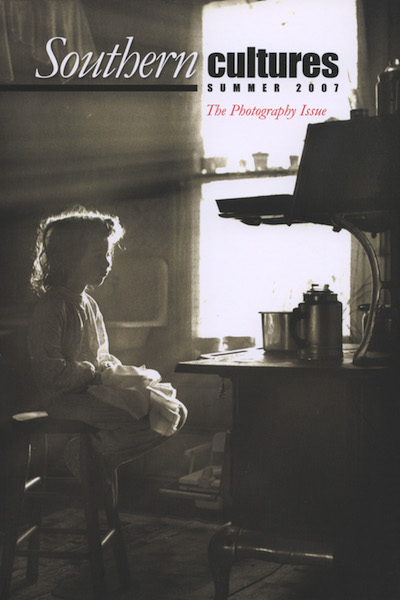“I was living in Boston and Buffalo in those years, and no prison director in either of those states ever let me beyond the sally port without a guard watching me every moment and listening to every word I said or that anyone said to me. Neither of those states let me bring a camera inside.”
I began taking prison photographs as aides-mémoire—as visual notes I could draw on to help me remember what I’d seen when I was home from the fieldwork and at my desk, writing about black convict work songs and prison social structure. Then I understood that some things could be said better in images, so I started taking the photography more seriously.
I visited Cummins, the Arkansas penitentiary, eight times between 1971 and 1975 and took about five thousand pictures there. At that time Cummins was in Federal receivership because the place had been so brutal up to the late 1960s. The first time I visited it, the only armed men were convict guards, mostly murderers doing life sentences. Things improved considerably over those four years, but that meant simply that Cummins was now a prison farm like those in most other southern states: prisoners did forced labor in the fields, supervised by armed guards on horses, and they lived in large tanks or dormitories. Medical care improved, as did the food, but the heart of the prison was always the field operation, particularly the cotton. The last time I visited Cummins they had some cotton picking machines, and the men got to spend part of their time in school.


